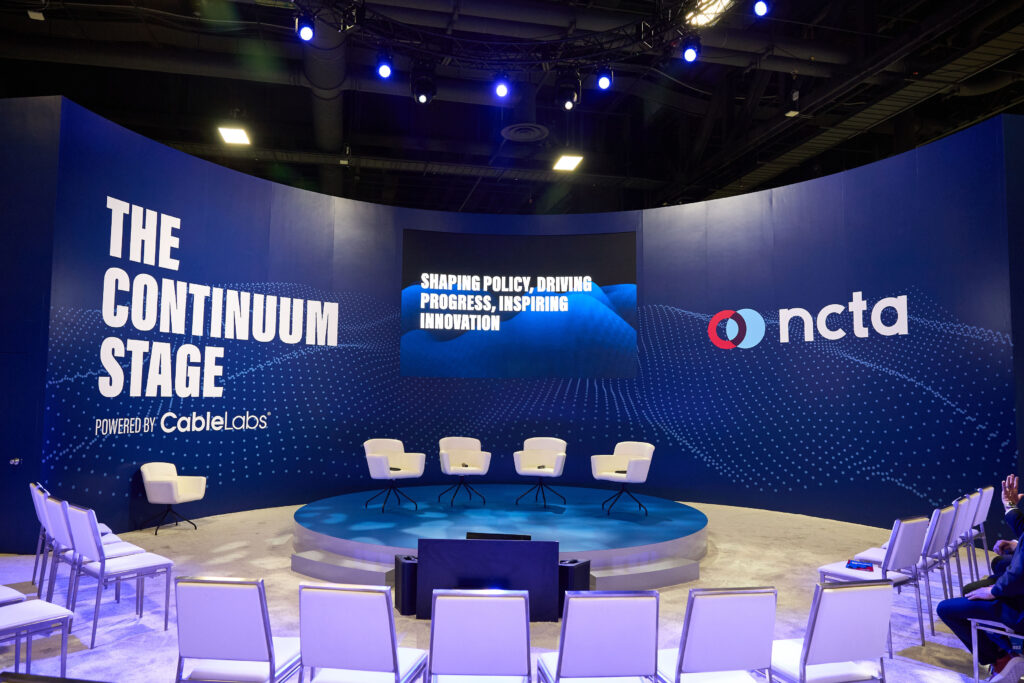Dynamic Networks / Spectrum & Wi-Fi
Expanding Wi-Fi requires smart spectrum management.
Wi-Fi is the hidden backbone of the internet, keeping us connected and powering modern life. Yet, the wireless spectrum that Wi-Fi relies on is a finite resource that is becoming crowded. To ensure Wi-Fi can keep up with demand, we need a smart spectrum policy that unlocks more unlicensed spectrum while protecting national security and emergency services. As usage is soaring, it’s more important than ever to manage spectrum in ways that reflect how consumers access the internet today and into the future.
Wi-Fi is the workhorse of the internet.
Anyone is allowed to operate provided that their equipment conforms to certain technical rules. This model results in multiple players with access to spectrum and enables permission-less innovation.
Coexistence rules facilitate sharing among different kinds of commercial users or commercial/ government users in the same band. This model enables multiple commercial users while protecting national security interests.
America needs innovative solutions to unlock more spectrum.
Instead of auctioning spectrum to benefit exclusive users, policymakers should embrace a shared spectrum model that protects national defense interests, unleashes innovation, and secures America’s technology future. Shared use models like CBRS allow critical legacy users like the armed forces or emergency services to continue using their bands while safely allowing other players to use the spectrum, freeing up important capacity.
Allocating more unlicensed spectrum will also unleash next-generation Wi-Fi technology. Lawmakers should move forward swiftly with studying the 7 GHz band, the lower 3 GHz band, and in general establish policies that allow the country to harness these technologies to unleash wireless connectivity.
In-depth stories exploring the importance and uses of spectrum
A deeper understanding of our impact and initiatives.
Think your internet is fast? See what 10G can do.
367M
86%
$2.4T







